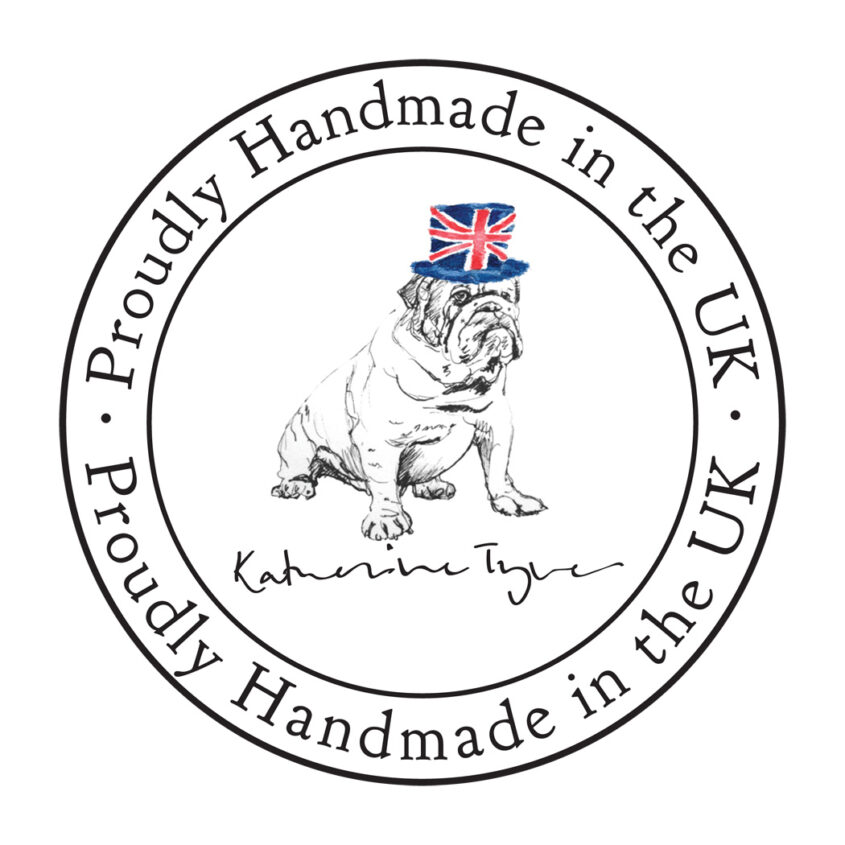I thought that it would be helpful for beginner artists and insightful for non-artists to show the process of creating a painting. There are so many different techniques with watercolour and each painting will develop differently according to the subject but this is the way that seems to work best for me for depicting animals.
Step 1: The Drawing
A realistic painting must begin with an accurate drawing. It is very difficult (sometimes impossible!) to correct mistakes in watercolour so I spend as long as possible checking the proportions of the drawing before going in with paint. Spending longer on the drawing saves a lot of time in the end.
I was using a few similar reference photos for this hare.

Step 2: Add Light Colour Washes
I begin by adding the palest colours (I think of these as the pastel colours). I ensure that the paint is very dilute at this stage. I try to use the largest brush possible (in this case, a size 8 sable). The watercolour paper should remain translucent and this effect is easily spoiled by using thicker paint. Keeping everything light at this stage also ensures that I can still see the drawing underneath.
In order not to “lose” the drawing as more colour is added, with a fine brush (size 1 or 2), I added the darks around the eye and pupil (remembering to leave the highlight of the eye white) and other important defining areas of the drawing.
There are a tonne of beautiful watercolours colours available but I usually mix my own colours from the primary colours (red, blue and yellow). I rarely use black and or white pigment (preferring to make use of the white of the paper instead) so, when adding colour, I avoid painting areas that should be white. This little hare has white flecks in its coat so I could not have tackled it in complete washes of colour and therefore used more of a piecemeal approach.

Step 3: Adding stronger washes, darker colours and fine detail

I continue to add slightly stronger washes of colour. I do this in one of two ways. Usually, I ensure that each wash is completely dry before adding the next, but sometimes I may add one colour into another wet colour so that the colours blend together on the surface ( known as “wet into wet”).
I add the defining darker colours and shadows, remembering to leave any white areas. I begin to add the detail of the hare’s rough coat with the smaller brush.
Step 4: Adding more colour, shadows and fine detail
I added stronger yellows, browns, blue and purple tones. I strengthened any dark areas, e.g. the eyes, nose and tail by adding another layer of stronger paint. I added more fine detail, such as the claws, whiskers and hairs. Lastly, I added a watery shadow made up of a purple-blue hue.


